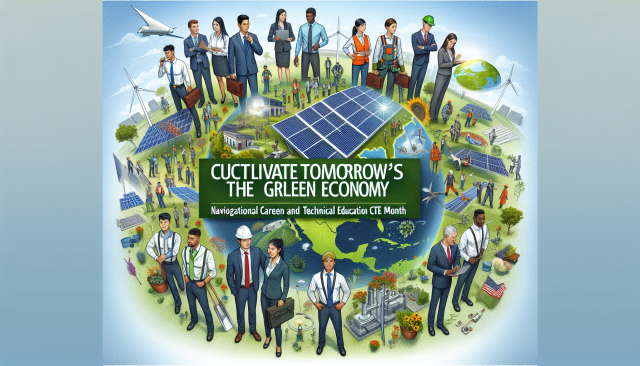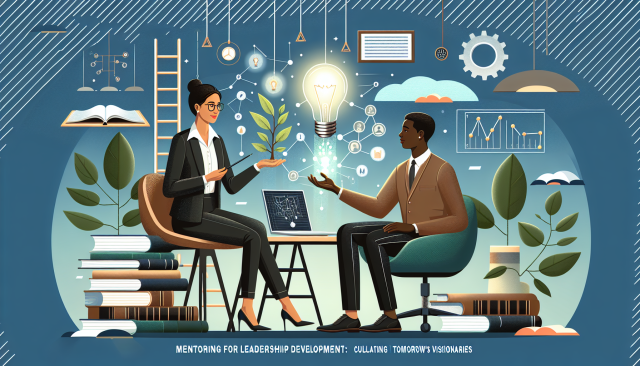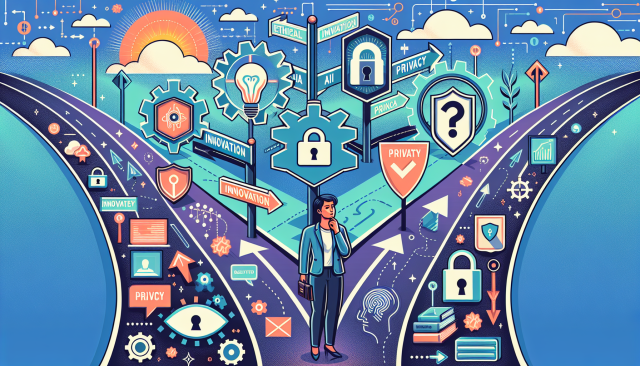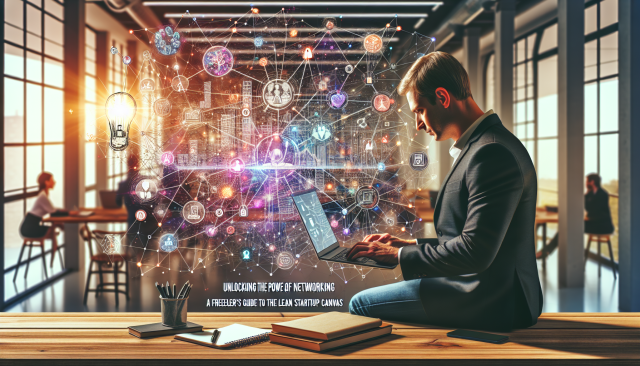Harnessing Machine Learning for Optimized Career Pathways: A Growth-Mindset Approach
Harnessing Machine Learning for Optimized Career Pathways: A Growth-Mindset Approach
As we celebrate National Career and Technical Education (CTE) Month, it’s an opportune moment to reflect on how we can harness the power of Analytics and AI to cultivate a growth mindset, steering career pathways towards optimization. In an era where technology continually reshapes our professional landscapes, the integration of machine learning in career development presents exciting avenues for individuals and industries alike.
Much like how a scientist refines experiments based on previous outcomes, or a chess player adjusts strategies according to past games, machine learning models evolve by understanding patterns from data. This parallel emphasizes a growth mindset, where learning from experience and adapting to new challenges becomes pivotal. For Analytics and AI professionals, leveraging machine learning tools can illuminate tailored career pathways that align with individual strengths and aspirations, fostering both personal and professional growth.
The Dynamics of Career Pathway Optimization
Career pathways today are not rigid, one-size-fits-all constructs. Instead, they require dynamism and adaptability. Machine learning offers the capability to analyze vast datasets encompassing job trends, skill demands, and personal competencies to recommend personalized career paths. By understanding data-driven insights, professionals can make informed decisions about their learning journeys.
Imagine a system that predicts career trajectories by considering an individual’s past experiences, present skills, and future goals, combined with current industry trends. Such AI-driven recommendations not only chart potential career opportunities but also encourage a mindset that thrives on continuous improvement and learning.
Cultivating a Growth Mindset Through Machine Learning
The essence of a growth mindset lies in the belief that abilities can be developed through dedication and hard work. This philosophy is inherent in machine learning processes where models continually learn and improve from data. For Analytics and AI professionals, this means embracing challenges as opportunities to learn, staying curious about innovative solutions, and being resilient in the face of setbacks.
Machine learning can support this mindset by identifying skill gaps and suggesting targeted learning resources to bridge them. It can also highlight emerging fields that align with one’s career aspirations, prompting professionals to acquire new competencies and stay ahead in their industries.
Inspiring Future Generations
In celebrating CTE Month with a focus on growth mindset, empowering the next generation of Analytics and AI professionals is crucial. By integrating machine learning into educational curricula, students can learn to view challenges as stepping stones rather than obstacles. Exposure to AI-enhanced career guidance systems can inspire them to innovate, persevere, and embrace the evolving nature of technology-driven careers.
Ultimately, harnessing machine learning to optimize career pathways not only enhances individual growth but also contributes to a more agile, skilled workforce. By fostering a growth mindset, Analytics and AI professionals are better equipped to navigate and thrive in an ever-changing job market.
As we continue to celebrate CTE Month, let us champion the role of technology in shaping a future where career pathways are not only optimized but also deeply fulfilling, driven by a commitment to growth and continuous learning.































